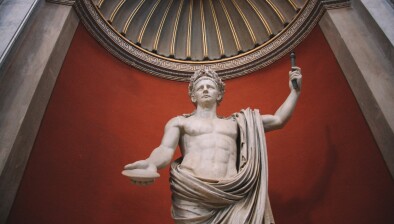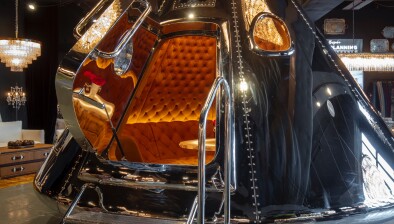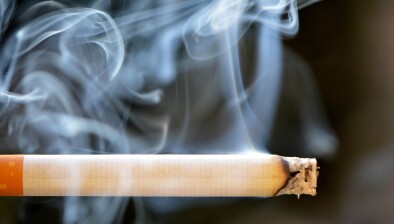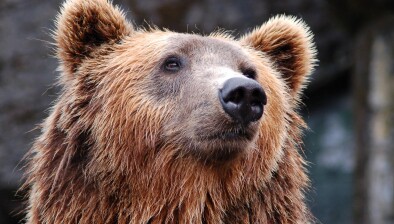And finally… Glass-plated new NFL stadium a ‘death trap’ for birds
The new home of the Minnesota Vikings American football team, which opened last June and cost more than $1bn of mostly taxpayer money, is beautiful, large, glassy – and deadly to birds.
A new report from a trio of conservation groups has found that scores of birds are dying due to collisions with the new U.S. Bank Stadium in Minneapolis.
It appears that vast swathes of the stadium are indistinguishable from the sky and birds are being killed by flying straight into its 200,000 sq ft of gleaming, clear glass.
As CityPages, a local Twin Cities newspaper, put it: “Creatures crash into it like something out of an Alfred Hitchcock movie.”
Over an 11-week period in the autumn, bird enthusiasts undertook regular circuits of the stadium, and discovered 60 dead birds, and another 14 stunned from flying into the glass. The report said that would project to at least 360 deaths over a three-year period, but that number “significantly underestimates true mortality at the stadium complex, because it does not include birds removed by maintenance staff, security guards, and scavengers”.
In 2014, the Audubon Society predicted that the stadium’s distinctive clear glass would prove to be a “death trap” for Minnesota’s local and migratory birds. The society pushed authorities to introduce changes so the birds could distinguish between the stadium and the sky.
“We know the people of Minnesota do not want their money killing birds,” the society said.
But the Minnesota Sports Facilities Authority, which owns the stadium, declined to take any steps, such as installing glass with a visible pattern, as happened at the Javits Center in Manhattan.
The Javits changes quickly led a 90% decrease in bird collisions.
Jim Sharpsteen, a volunteer who helped to conduct the stadium study, told CityPages: “We knew that the glass would be highly confusing to the birds. They see a reflection of a blue sky in the glass, they think it’s a blue sky. They see reflections of trees, they think they can land in those reflections of trees. This confirmed what we already believed would be bad.”
Sharpsteen said: “We want them to either replace the glass with a less reflective glass or put a coating on the glass that would make it more bird friendly. I think the more realistic would be to apply coating to the outside of the glass.”
Another study is being commissioned, but that won’t be finished until 2019. Failure to act will “establish US Bank Stadium as the top bird-killing building in the Twin Cities,” the report said.

















